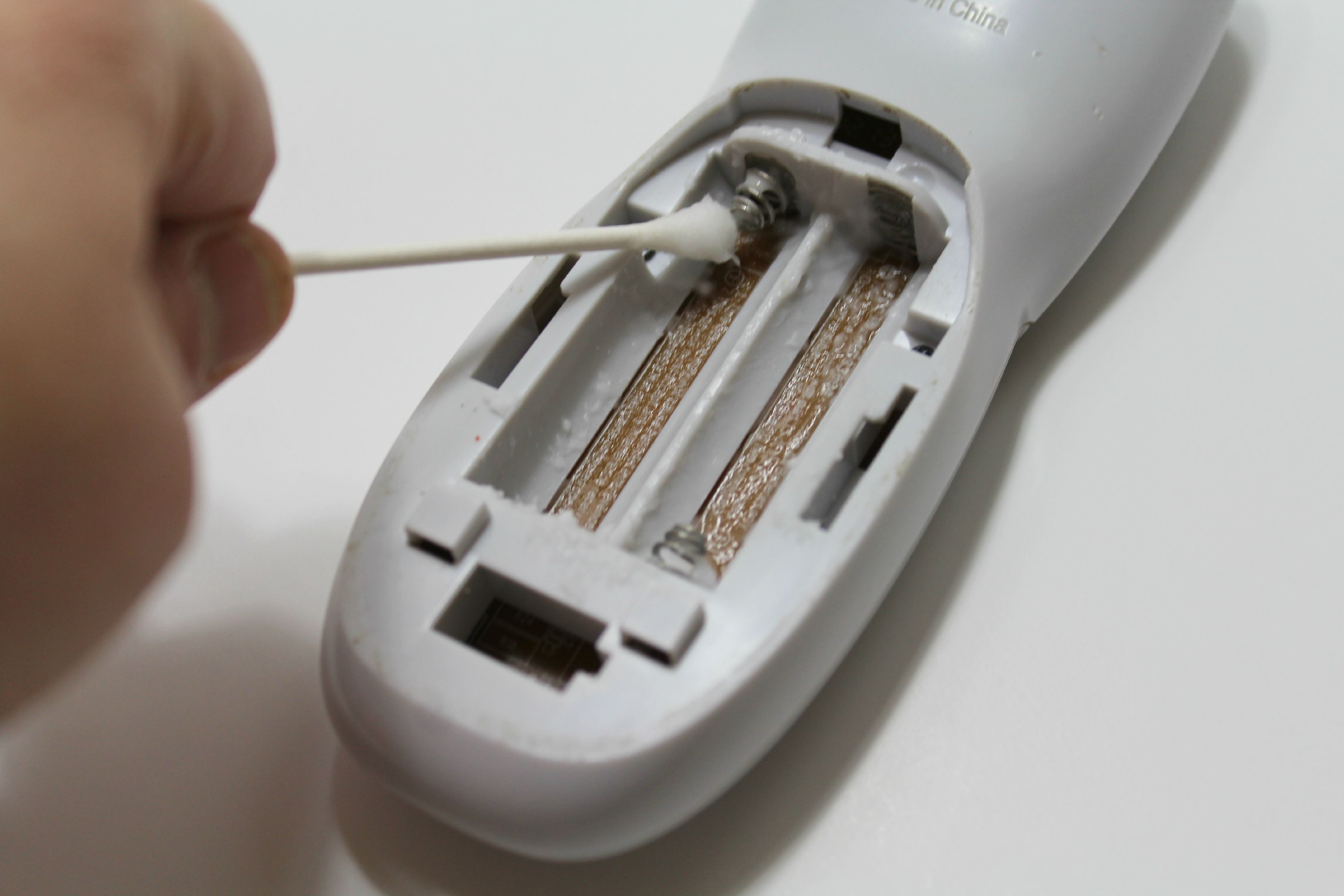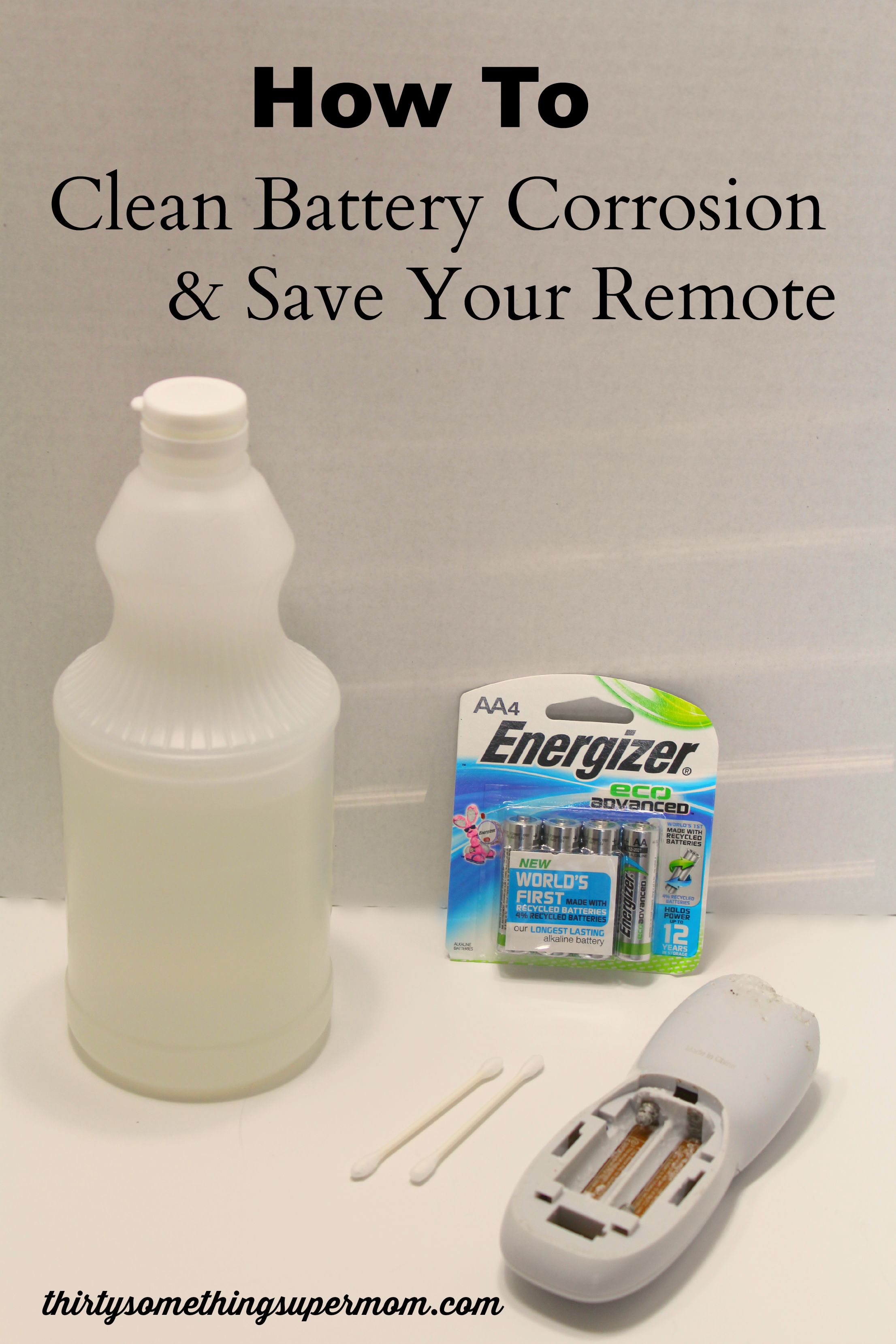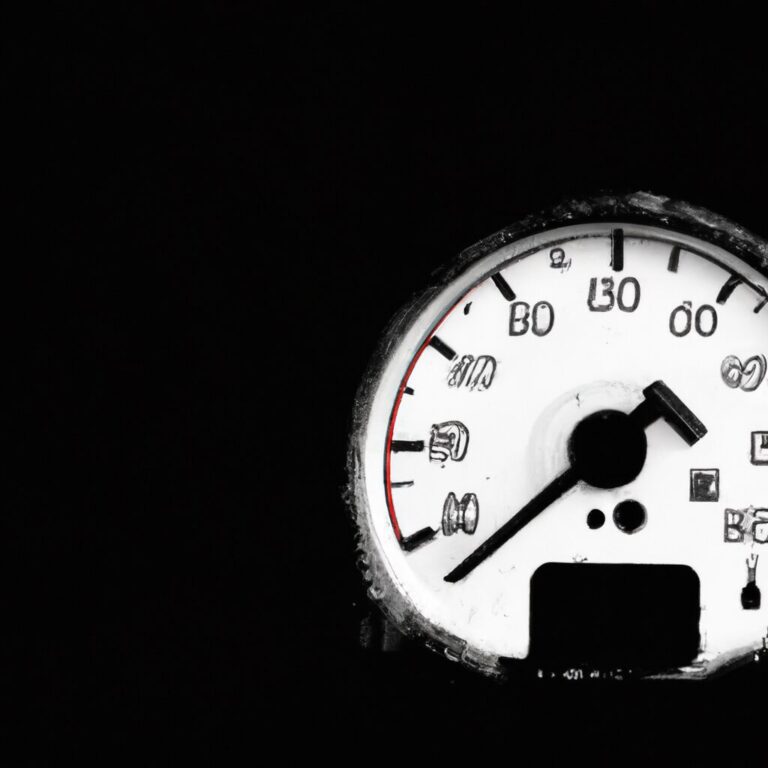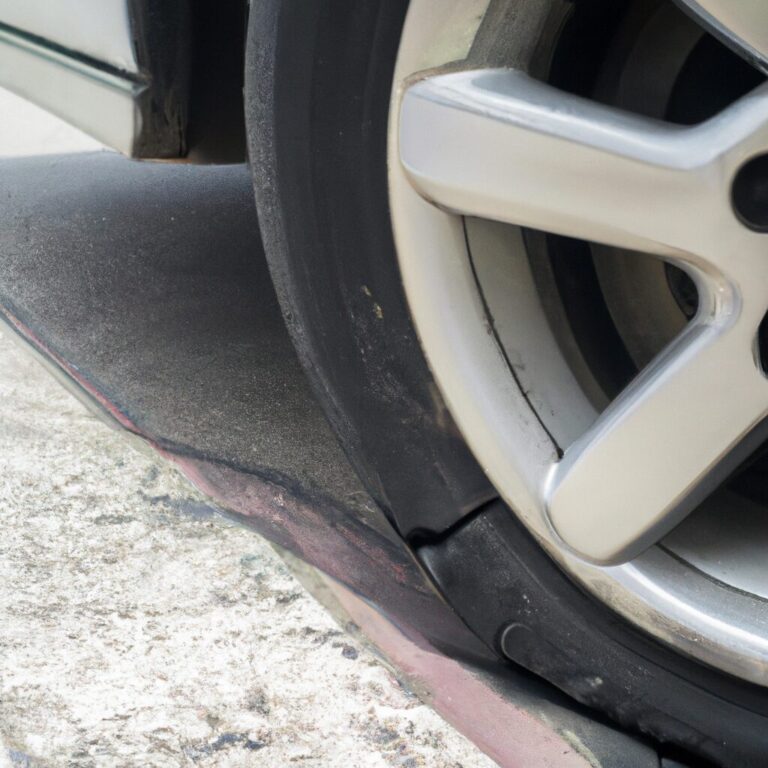How to Clean Battery Corosion
To clean battery corrosion, mix baking soda and water, scrub with an old toothbrush. Proper maintenance prevents corrosion buildup.
Battery corrosion occurs when acidic residue leaks from the battery terminals, causing a powdery substance to form. This can hinder the battery’s performance and cause electrical issues. Regularly checking and cleaning battery terminals is essential for prolonging battery life and maintaining optimal functionality.
By following these simple steps, you can effectively clean battery corrosion and ensure your battery operates smoothly. Neglecting this maintenance task can lead to costly repairs and inconvenience down the road. Make it a routine to check and clean your battery terminals to prevent corrosion buildup.

Credit: www.nytimes.com
Identifying Battery Corrosion
Before you begin cleaning battery corrosion, it is crucial to properly identify the signs of corrosion. This will help you determine the necessary steps required to clean it effectively and restore your battery’s optimal performance. In this section, we will cover two key ways to identify battery corrosion: visually inspecting the battery and checking for acid leakage.
Visually Inspecting The Battery
Start by visually inspecting your battery for any visible signs of corrosion. Corrosion often appears as a white, fluffy substance around the terminals or a crusty buildup on the surface of the battery. Look closely at the terminal connections, including both the positive (+) and negative (-) terminals, to see if there is any discoloration or a powdery substance present.
Table:
| Visible Signs of Battery Corrosion |
|---|
| White, fluffy substance around the terminals |
| Crusty buildup on the surface of the battery |
| Discoloration or powdery substance on terminal connections |
Checking For Acid Leakage
Another indicator of battery corrosion is acid leakage. Carefully examine the battery for any signs of acid leakage. If you notice any wetness or a sticky residue around the battery, it may indicate that corrosion has occurred. Also, pay attention to any unusual odors coming from the battery, as this can be a sign of acid leakage as well.
Unordered List:
- Look for wetness or sticky residue around the battery
- Notice any unusual odors coming from the battery
By visually inspecting the battery and checking for acid leakage, you will be able to identify whether your battery has corrosion or not. Once you have properly identified the presence of corrosion, you can move on to the next steps of cleaning and restoring your battery.

Credit: thirtysomethingsupermom.com
Safety Precautions
Safety is crucial when it comes to cleaning battery corrosion to prevent accidents. Following certain precautions can ensure a safe cleaning process.
Wearing Protective Gear
Always wear protective gear such as gloves and safety goggles to avoid skin irritation and eye contact with corrosive substances.
Disconnecting The Battery
Prioritize disconnecting the battery before cleaning to prevent any accidental sparks or electrical shocks.
Cleaning Supplies
Before you begin cleaning battery corrosion, it is essential to gather the necessary supplies.
Gathering Necessary Materials
You will need the following materials to effectively clean battery corrosion:
- Baking soda
- Warm water
- Toothbrush or old cloth
- Vinegar
- Protective gloves
- Protective eyewear
Using Baking Soda Solution
To clean battery corrosion using a baking soda solution:
- Mix baking soda and warm water to create a paste
- Apply the paste to the corroded areas using a toothbrush or cloth
- Scrub the corrosion gently to remove it
- Rinse the area with vinegar to neutralize the acid
- Wipe the area clean and dry

Credit: thirtysomethingsupermom.com
Cleaning Process
To clean battery corrosion, start by disconnecting the battery and mixing baking soda with water. Use a toothbrush to scrub the corroded areas, and wipe away the residue with a clean cloth. Finally, reconnect the battery and apply petroleum jelly to prevent further corrosion.
Cleaning battery corrosion is an important maintenance task that ensures your battery operates efficiently and prevents damage. To clean the corrosion effectively, follow these steps:
Applying The Baking Soda Solution
The first step in the cleaning process involves creating a baking soda solution. Baking soda is a natural and effective cleaner for removing battery corrosion.
To make the solution, mix one tablespoon of baking soda with one cup of water. Stir well until the baking soda is completely dissolved in the water.
Once the solution is ready, carefully pour it over the corroded areas of the battery. Ensure that the solution covers the corroded terminals and connectors completely.
Scrubbing The Terminals And Connectors
After applying the baking soda solution, it’s time to scrub the battery terminals and connectors to remove the corrosion.
Start by using a toothbrush or a wire brush to gently scrub the terminals and connectors. Make sure to scrub in a back-and-forth motion to dislodge any built-up corrosion.
Be cautious during this step to avoid damaging the battery or loosening any connections. Apply gentle pressure and ensure that you are only scrubbing the affected areas.
After scrubbing, rinse the battery thoroughly with clean water to remove any remaining baking soda residue.
Lastly, dry the battery and the surrounding area completely using a clean cloth or towel. This will prevent any moisture from causing further corrosion.
Remember, it’s essential to clean battery corrosion regularly to maintain your battery’s performance and prolong its lifespan. By following these simple steps and using the baking soda solution, you can effectively clean battery corrosion and keep your battery running smoothly.
Preventative Measures
Battery corrosion can cause damage to your electronic devices and lead to poor performance. To prevent this from happening, it’s essential to take some preventative measures. By implementing the following practices, you can effectively minimize the risk of battery corrosion.
Applying Petroleum Jelly
One effective method for preventing battery corrosion is by applying a thin layer of petroleum jelly to the battery terminals. This acts as a barrier to prevent moisture and other corrosive elements from reaching the terminals. By doing so, you can significantly reduce the chances of corrosion affecting your batteries.
Regular Maintenance
Regular maintenance is crucial in preventing the accumulation of battery corrosion. This involves routinely inspecting your batteries for any signs of corrosion and cleaning them when necessary. By implementing regular checks and cleaning routines, you can ensure that any early signs of corrosion are promptly addressed, minimizing the potential damage to your batteries.
Frequently Asked Questions For How To Clean Battery Corosion
How Do You Clean Electronic With Battery Corrosion?
To clean battery corrosion from electronics: first, wear gloves. Next, remove the batteries and use a cloth with vinegar to wipe away the corrosion. If needed, use a toothbrush or cotton swab to clean hard-to-reach areas. Finally, dry the device and insert new batteries, if necessary.
Is Vinegar Or Alcohol Better For Battery Corrosion?
Vinegar is better for battery corrosion as it neutralizes acid, cleans the terminals, and prevents future buildup.
How Do You Clean Corroded Aa Battery Terminals?
To clean corroded AA battery terminals, use a cotton swab dipped in vinegar or lemon juice. Gently scrub the terminals until corrosion is removed. Wipe with a dry cloth before reinstalling batteries.
How Do You Get Corroded Batteries Out?
To remove corroded batteries, use gloves and safety glasses. Gently pry the battery out with a non-metallic tool. If needed, use vinegar or lemon juice to dissolve the corrosion. Wipe clean and puncture the battery before disposing of it properly.
What Causes Battery Corrosion?
Battery corrosion is caused by leaking acid or hydrogen gas mixing with the battery’s metal components.
How Does Battery Corrosion Affect Performance?
Corrosion can impede electrical connections, leading to poor battery performance or even complete failure.
How To Identify Battery Corrosion?
Look for a powdery white or bluish-green substance on the battery terminals or surrounding area.
Conclusion
In short, keeping your batteries clean and free from corrosion is essential for their proper functioning and longevity. By following the simple steps outlined in this guide, you can easily remove and prevent battery corrosion at home. Remember to prioritize safety by wearing protective gear and handling the batteries with care.
Regular maintenance and inspections will ensure that your batteries continue to perform optimally, providing power when you need it most. Keep your batteries clean, and they will serve you well for many years to come.


